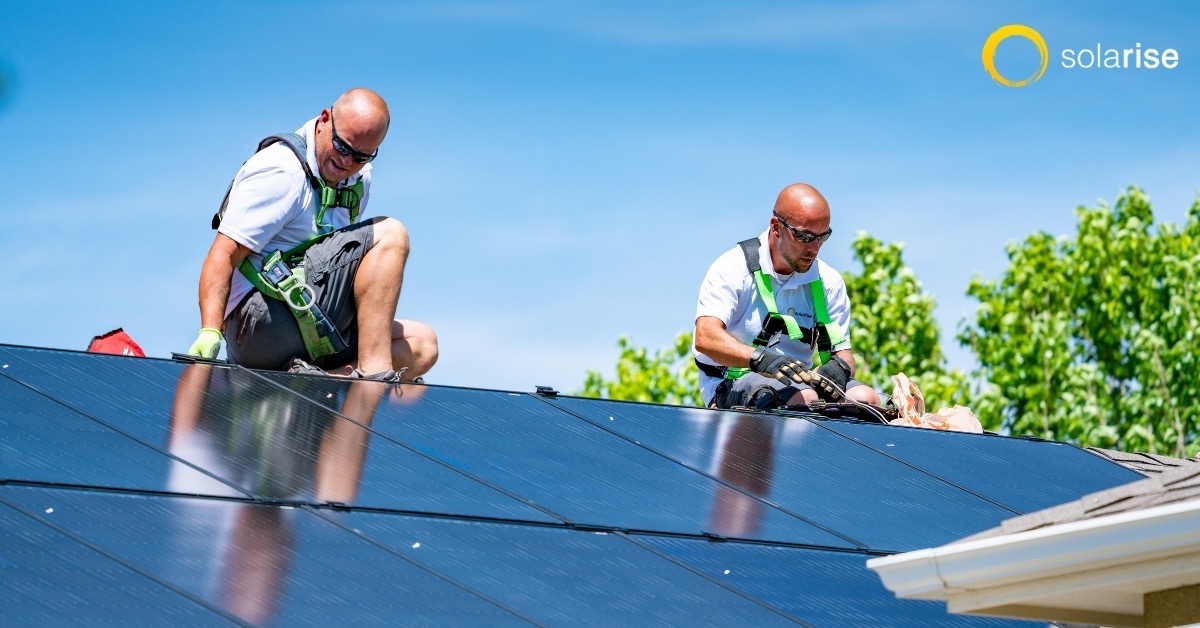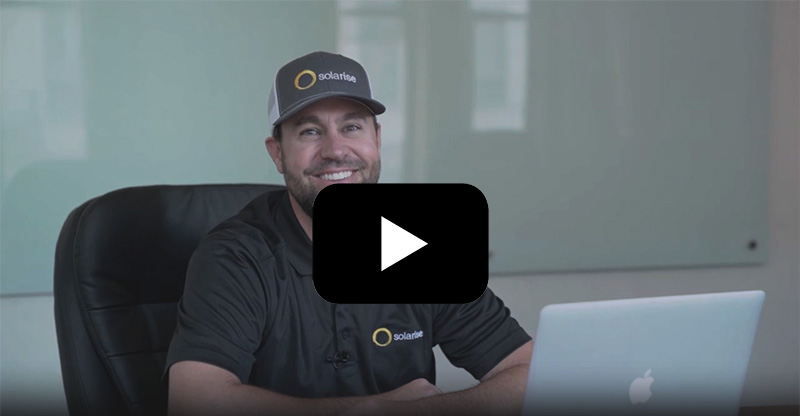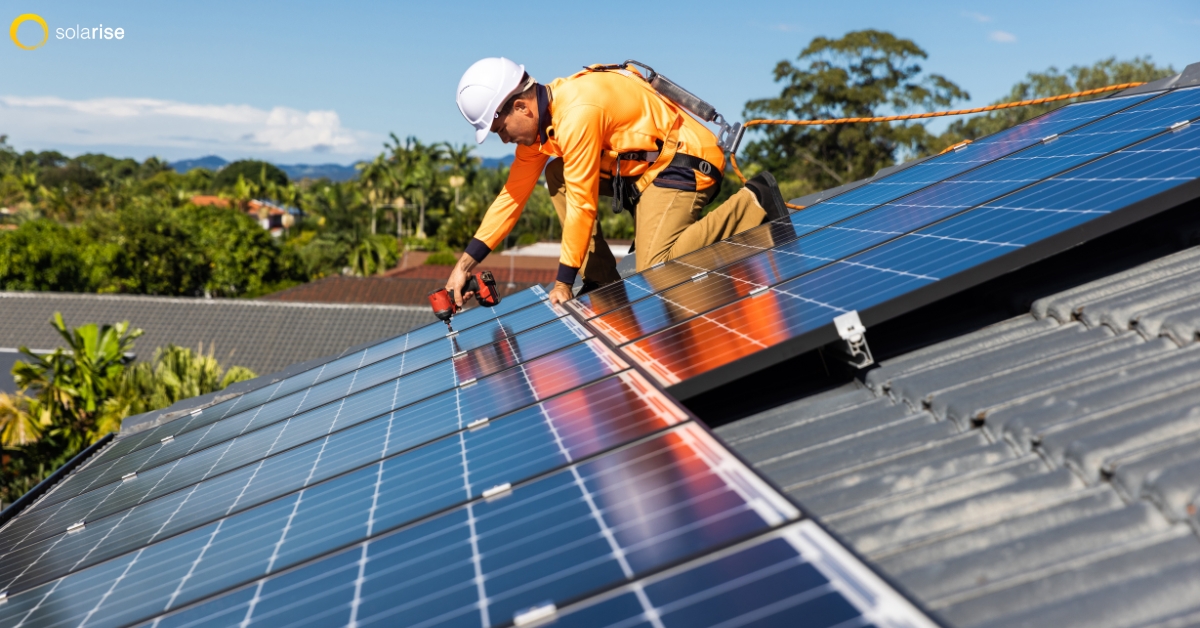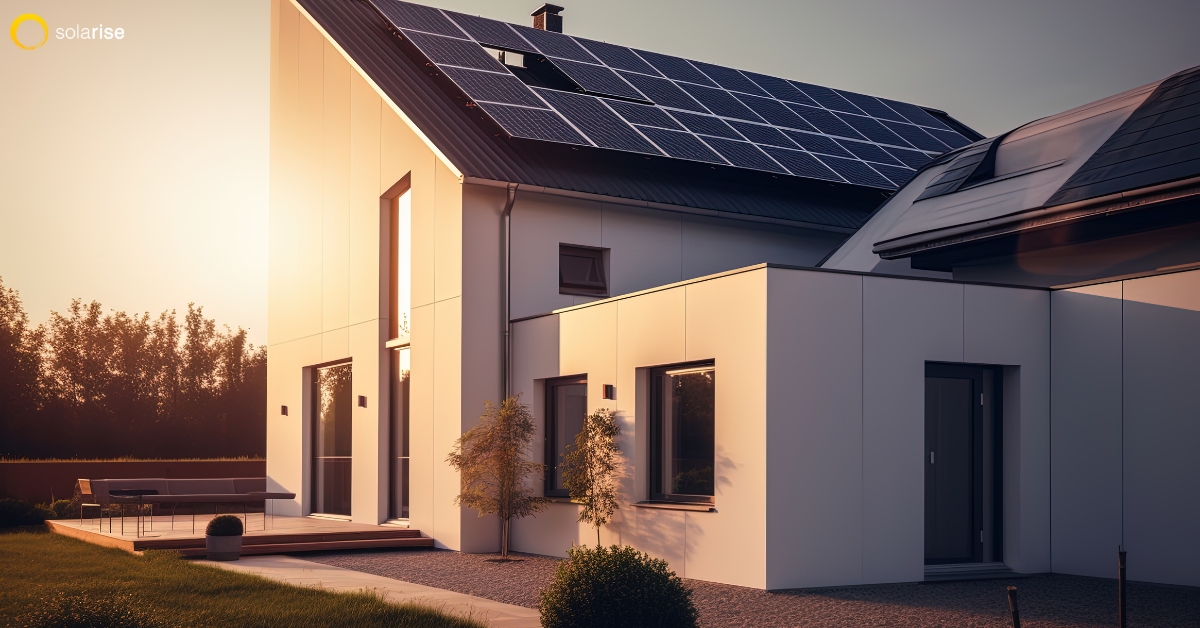Topics covered in this post:
Solar panels for home systems are valuable investments that deliver excellent rates of return. A home solar energy system provides energy cost savings while paying for the panels, then free energy after the panels are paid off. Solar panels even increase your property values, according to the U.S. Department of Energy (DOE). To understand your solar panel cost/benefit ratio and when you can expect to see a net return on investment (ROI) for your solar panel system, you need to know the length of your “payback period.”
Your solar panel “payback period” is a key factor in determining which solar panel options fit your needs and budget best. The payback period is the length of time it will take to make back your investment in purchasing a solar energy system. Solar panel costs have dropped a lot year after year over the past decade, while electricity costs have continued to rise, hence the payback period to begin realizing ROI becomes shorter.
Compare the estimated payback period as part of your research while installing a solar energy system. Use this key information to help clarify the investment merits of the various systems you compare and how long it will take for each to make your solar energy investment begin earning money for you.
So, your solar payback period is the amount of time it will take to break even on the cost of your investment in your solar energy system. The usual payback period for residential solar in the United States is a little over 8 years. (An NREL report estimates payback in only 4 to 5 years.)
Multiple factors must be considered to achieve an accurate calculation of your solar energy system payback period. For a precise accounting, you’ll need to determine the total combined financial benefits and total combined costs of owning your solar equipment:
*The ITC percentage will be incrementally reduced over the next three years to a permanent low of a 10% federal tax credit in 2024.
Comparing is the best approach to avoid paying higher solar panel costs than necessary to installers with inflated prices. Do your research thoroughly to identify the best providers in your area. The U.S. Department of Energy’s National Renewable Energy Laboratory (NREL) advises consumers to compare options for solar panels for home installation for possible savings.
Large solar panel companies may sometimes charge more but offer fewer solar equipment options. Gather as many bids as possible for your solar panel cost comparison. Some types of solar panels have higher efficiency ratings, while others cost less. Evaluate pricing and efficiency ratings on the various equipment and financing offers you receive. Then, determine which combination of competitive quality and cost achieves the right balance for your needs and budget.
Throughout the industry, you can find solar panel installation contractors that offer more competitive prices and deliver higher value. It definitely pays to get multiple free estimates from well-established installers in your local area.
In fact, getting multiple quotes can save you thousands of dollars on your solar panel installation. Large solar panel companies with higher overhead may charge more than a smaller solar energy systems provider. Remember to check references for any solar installer you’re considering working with.
The amount you save on your electricity bill each month minus your solar panel payment is the net amount of your monthly savings from solar. Of course, your savings amount depends on: The typical solar payback period for residential solar in the U.S. is now just over about eight years. One NREL report has now estimated the payback period as only about 4 to 5 years. The specific amount of savings you can realize from investing in producing your own electricity with solar panels depends on:
Solarise Solar has helped many homeowners and businesses throughout Colorado get the region’s very best value for their investment in residential and commercial solar energy systems. Our solar energy experts will custom design the most efficient solar panel system to fit your energy needs and budget. We provide a 30-year warranty, to ensure your peace of mind throughout the expected life of your solar energy system.
We offer solar panel installation with zero down payment and low-interest financing, to make going solar very affordable. Our highly experienced installation specialists are committed to providing our customers with our industry’s highest standard of workmanship. Our System Monitoring makes it easy for you to monitor your system with the Solarise mobile and desktop apps, so you can track how much energy your system is producing for you in real-time!
Average Solar Panel Payback Period
How To Calculate Your Solar Panel Payback Period
3 Steps to Calculate Your Solar Panel System Payback Period
3 Key Tips For Solar Panel Shopping
Getting Multiple Solar Quotes Can Save You a Lot of Money
Include All Your Solar Equipment in Your Cost Comparison
The Largest Solar Installers Don’t Always Offer the Best Value
Why Go Solar?
Frequently Asked Questions About Solar Payback Periods
Contact Solarise Solar in Colorado for a Free Energy Analysis
Call Solarise Solar for more information or to schedule your free Energy Cost Analysis and estimate, with absolutely no obligation, or use our online contact form anytime.
Go Green, Save Money
How to Figure Out Your Solar Panel Payback Period

Like many homeowners, you might decide to start with partial conversion to solar, depending on your area’s total annual sunshine days, your electricity consumption, etc. It might make more sense for you to continue getting some electricity from your local utility company.
The combination of factors listed above, and perhaps others specific to your particular location, electricity use rate, etc. determines how much you can save by switching to solar. When asking our customers who have already had Solarise Solar complete their solar project, every one of them says “Yes! We love our solar panels”.

Solarise Solar
2936 Janitell Rd
Colorado Springs, CO 80906
Phone: (719) 315-3034
Service Area
Meet Some of the Solarise Solar Team

Black Hills Energy
105 S Victoria Ave
Pueblo, CO 81003
(888) 890-5554
Colorado Rural Electric Association
5400 Washington Street
Denver, CO 80216
(303) 455-2700
Tri-State Generation and Transmission Association
1100 West 116th Avenue
Westminster, CO 80234
(303) 452-6111
Arkansas River Power Authority
P.O. Box 70
Lamar, CO 81052
(719) 336-3496
Colorado Association of Municipal Utilities
MC 950, 121 S Tejon St 5th Floor
Colorado Springs, CO 80903
(719) 323-4976
Platte River Power Authority
2000 E Horsetooth Rd.
Fort Collins, CO 80525
(970) 226-4000
Western Area Power Administration
P.O. Box 281213
Lakewood, CO 80228
(720) 962-7000
105 S Victoria Ave
Pueblo, CO 81003
(888) 890-5554
Colorado Rural Electric Association
5400 Washington Street
Denver, CO 80216
(303) 455-2700
Tri-State Generation and Transmission Association
1100 West 116th Avenue
Westminster, CO 80234
(303) 452-6111
Arkansas River Power Authority
P.O. Box 70
Lamar, CO 81052
(719) 336-3496
Colorado Association of Municipal Utilities
MC 950, 121 S Tejon St 5th Floor
Colorado Springs, CO 80903
(719) 323-4976
Platte River Power Authority
2000 E Horsetooth Rd.
Fort Collins, CO 80525
(970) 226-4000
Western Area Power Administration
P.O. Box 281213
Lakewood, CO 80228
(720) 962-7000
Copyright 2024 © Solarise Solar | Privacy & Terms | Sitemap | Design by SEO Pros



